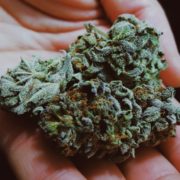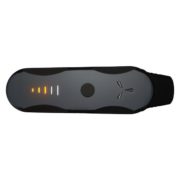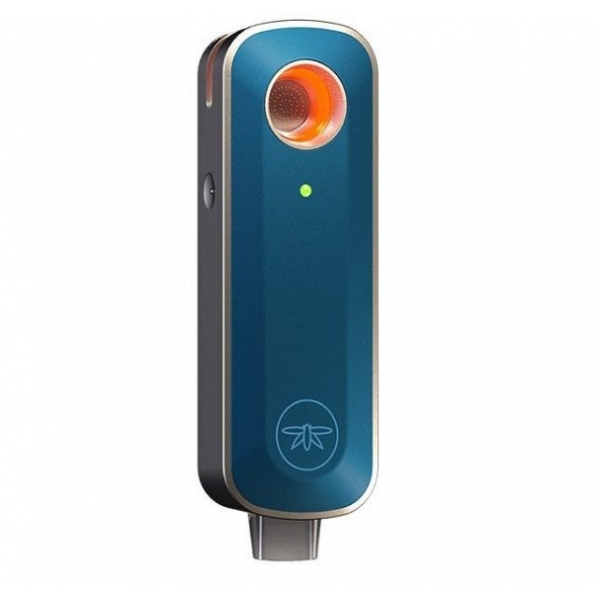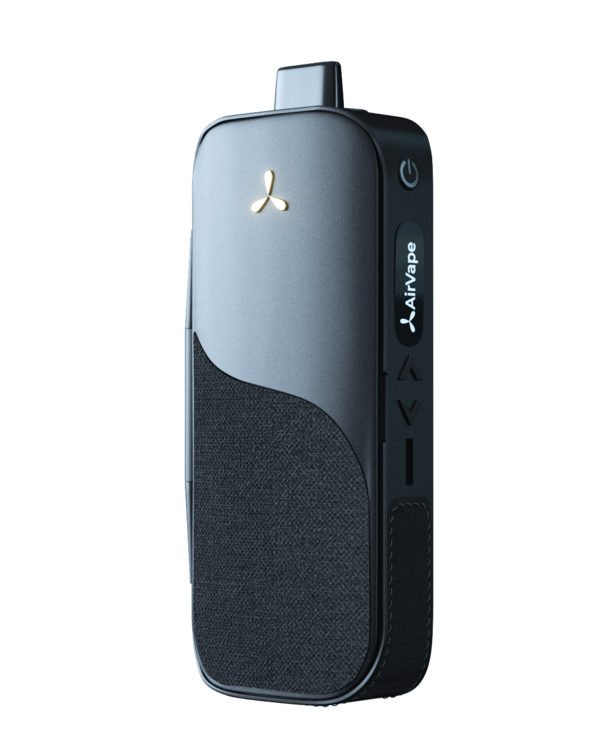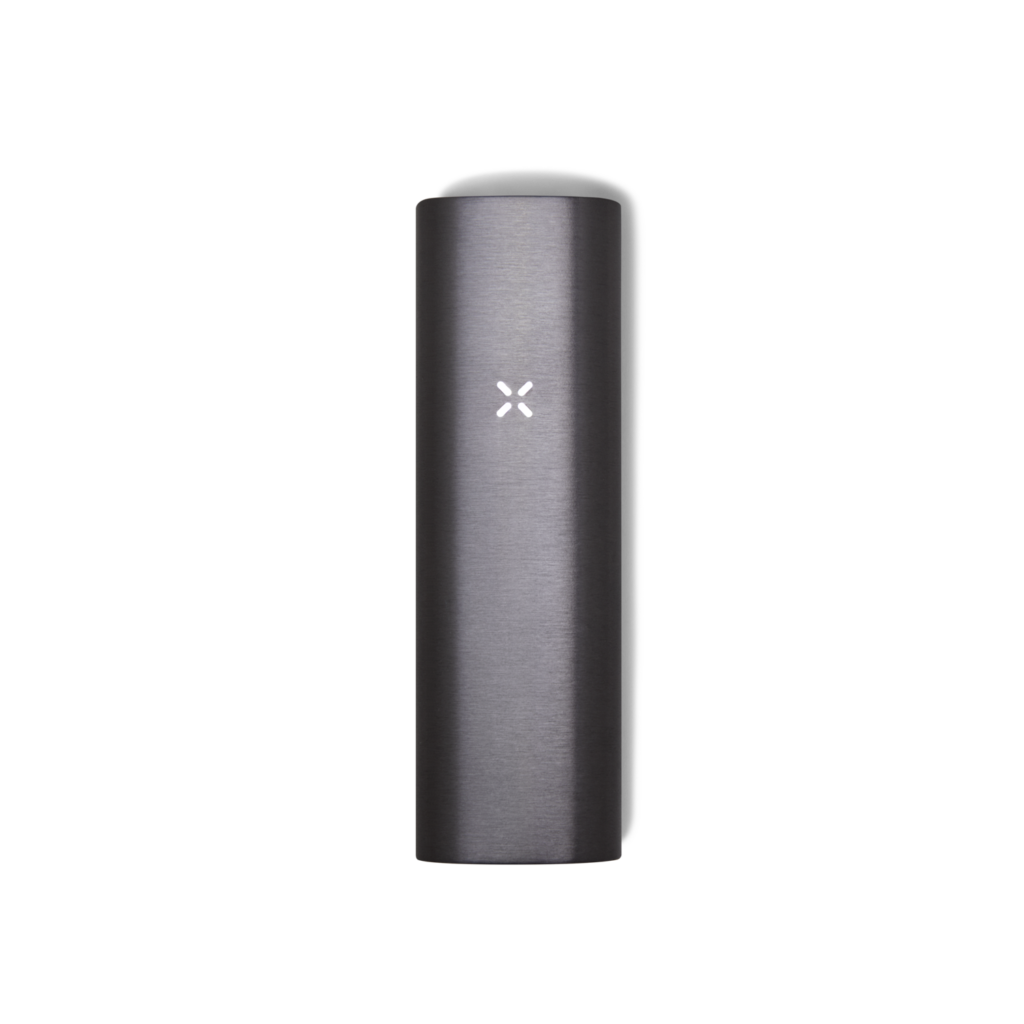Does CBD help with pain relief and how
If you have chronic pain, what is CBD (cannabidiol) capable of helping? Unlike its cannabinoid brother, tetrahydrocannabinol (THC), this natural molecule produced from the Cannabis sativa plant does not have the same psychoactive effects as its sibling, but many patients are discovering that it may complement their pain management strategy.
However, a study found that 62% of individuals who use CBD for a medical condition use it to treat chronic pain and arthritis as well as anxiety.
CBD, on the other hand, has a low-risk, zero-addiction profile, with few adverse effects. As a result, it’s important that you read on before taking any kind of supplement.
SO, WHAT IS CBD EXACTLY?
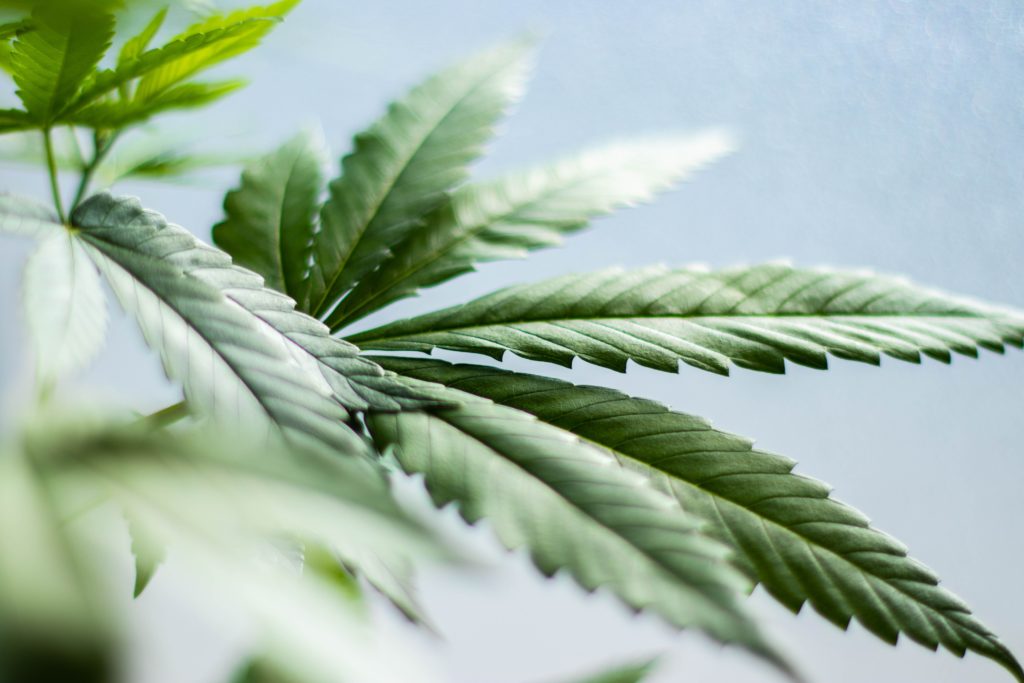
Yes, marijuana is the source of cannabidiol (CBD). For the benefit of those in the rear, I’d want to reaffirm: No, it will not make you high! Cannabis sativa, or hemp, is the primary source of legal CBD products in the United States, which are mostly derived from the hemp plant. Hemp, on the other hand, has less than 0.3 percent THC cannabinoids.
To speak about CBD, we often refer to items like topical creams and ingestible oils that are made by extracting CBD from marijuana. Some CBD products include minor levels of THC, which will be covered later.
CBD has been shown to be:
- anti-inflammatory, meaning it has potential to reduce joint pain associated with arthritis
- anti-oxidative, so it may reduce systematic inflammation by fighting oxidative stress and decrease symptoms of autoimmune conditions like lupus
- anti-emetic, meaning it can decrease vomiting and nausea associated with cancer treatments
- anti-psychotic, so it can ease symptoms of anxiety and post-traumatic stress disorder (PTSD)
- neuroprotective, meaning it may help to slow the progression of neurological disorders such as Multiple Sclerosis (MS)
CBD may assist with a variety of illnesses, including:
- Anxiety
- Cancer
- Fibromyalgia
- Irritable Bowel Syndrome
- Migraine
- Multiple Sclerosis (MS)
- Neuropathic Pain
- Osteoarthritis
- Post-Traumatic Stress Disorder (PTSD)
- Rheumatoid Arthritis
- Seizures
- Systematic inflammation
In marijuana plants, CBD is a cannabinoid with numerous positive properties without the psychoactive effects of its cannabinoid companion THC.
Is CBD Actually Marijuana, Hemp, or Both?
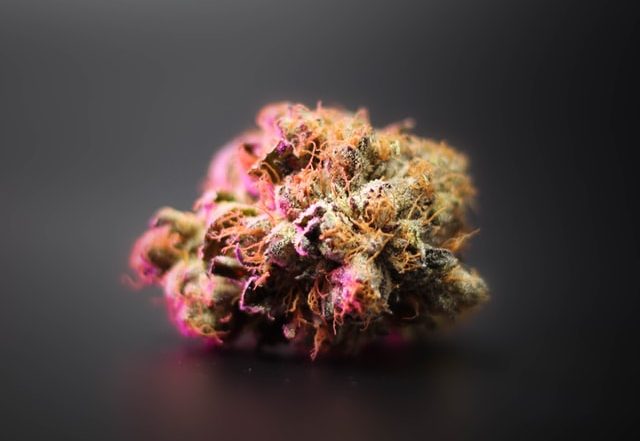
In marijuana plants, CBD is a cannabinoid with numerous positive properties without the psychoactive effects of its cannabinoid companion THC. Sativa and indica marijuana plants produce CBD, which may be extracted using a variety of methods. Comparing sativa vs Indica vs hybrid plants, you will find bigger quantities of CBD on sativa plants.
Some of the characteristics of hemp are exclusive to the sativa marijuana varietal plant, such as:
- Won’t get you high
- Contains 0.3% or less THC
- Has limited chemical compounds
- Is used to makes clothes and textiles
- Is legally sold in many stores and online
At the federal level, hemp CBD is lawful. Non-hemp marijuana-derived CBD is illegal under federal law, but lawful in several states. In certain studies, the entourage effect has been linked to the medical effects of CBD extracted from hemp, which may not be the case with CBD extracted from marijuana.
Just How Legal is CBD?
This year’s US Farm Bill makes CBD lawful on a federal level by making hemp and hemp-derived products legal to farm and sell (mostly). According to the definition of hemp, it is a cannabis strain that has less than 0.3 percent THC. It is allowed to purchase CBD oil from a hemp plant if it contains no more than 0.3 percent cannabidiol (CBD) and is cultivated in line with the 2018 Farm Bill standards.
A Schedule I drug classification remains in place for the CBD molecule itself (along with LSD and heroin). Federal law prohibits the use of CBD extracted from non-hemp marijuana. At a medical marijuana store in a state where marijuana is legal, you may purchase non-hemp-derived CBD products.
CBD products abound in supermarkets, health food stores, and internet retailers alike. In the last several years, the market for CBD has flourished, yet there is no regulation of it. If you purchase CBD, it may or may not originate from hemp. It may or may not contain the claimed quantity of CBD. It may possibly have a higher concentration of THC than stated. Greetings from the nascent field of medical cannabidiol (CBD).
The basic line is that CBD products derived from hemp (with a THC content below 0.3 percent) are lawful in the United States. Depending on where you reside, CBD products derived from non-hemp marijuana may be lawful, but they are not legal at the federal level. 3
Your Natural Endocannabinoid System Supports CBD
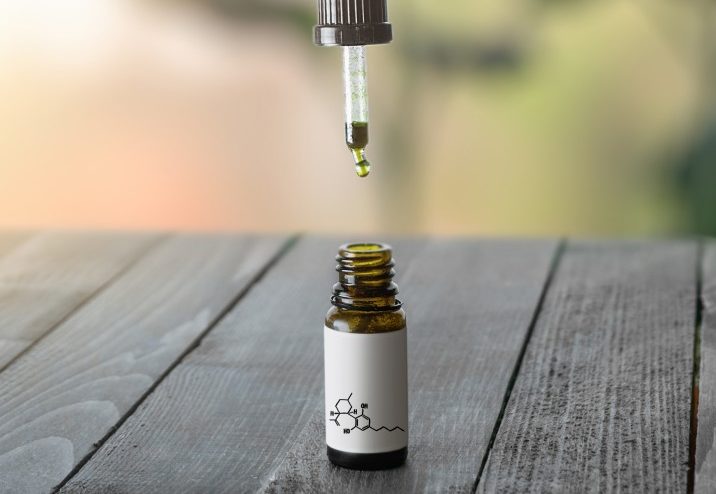
The endocannabinoid system of the human body consists of three basic parts:
CB1 and CB2 cannabinoid receptors In the central nervous system (CNS, the nerves linked to the spinal cord and surrounding the brain), CB1 receptors are primarily responsible for marijuana’s cognitive and emotional effects, as well as our experience of pain. Peripheral nervous system (PNS) and immunological cells are more likely to have CB2 receptors than our central nervous system (CNS), however these receptors may also be located in our CNS.
Cannabinoids that are naturally occurring in the human body (the cannabinoids that your body produces). Breakdown and use of cannabis facilitated by enzymes. Natural endocannabinoids are released by our bodies when they detect inflammation or a need for stability and bind to cannabinoid receptors when they are released. Although CBD does not directly interact with cannabinoid receptors, it is hypothesized to influence the cannabinoid system through stimulating other cannabinoid systems.
CBD has a broad range of impacts on the neural and immunological systems of the body, both centrally and peripherally. Our endocannabinoid system allows it to operate as an antioxidant, reduce inflammation, and alleviate pain or discomfort. Early model studies suggest that CBD may decrease the course of osteoarthritis and protect nerves.
Your Body Chemistry Matters
As the endocannabinoid system functions, CBD’s absorption is critical to how well it works for you. It is the quantity of a chemical that reaches the bloodstream and has an impact that is called bioavailability. Take a moment to consider how certain prescriptions need you to take them with food or drink, or on an empty stomach. The quantity of CBD that is really absorbed while using a CBD product works in the same manner and is dependent on the following factors:
The form you choose:
CBD edibles, for example, may be more easily absorbed if taken with food, particularly fatty ones.
How much you weigh and what you’ve done with marijuana in the past:
You may want to adjust the amount of CBD you take based on your weight, just as you would with any other drug or supplement. Due to characteristics like as metabolism, body composition, and history of marijuana use, two persons of the same gender and weight may react significantly differently to the same amount. In general, starting with a low dosage of 2 mg and gradually increasing it over a period of weeks is a reasonable starting point.
Choosing the right product is also important.
You may not feel the effects of edibles for hours since they take longer for your body to digest. For edibles, it is better to stick to a single dosage and not increase it unless you don’t experience the effects within three to four hours.
Your routines are as follows:
Your body’s response to CBD might be affected by factors such as whether you’ve eaten, slept, or are under stress.
Having cannabis by your side to get relief from the pain you feel is a plus. Enjoy our blog and keep updated for more information!
